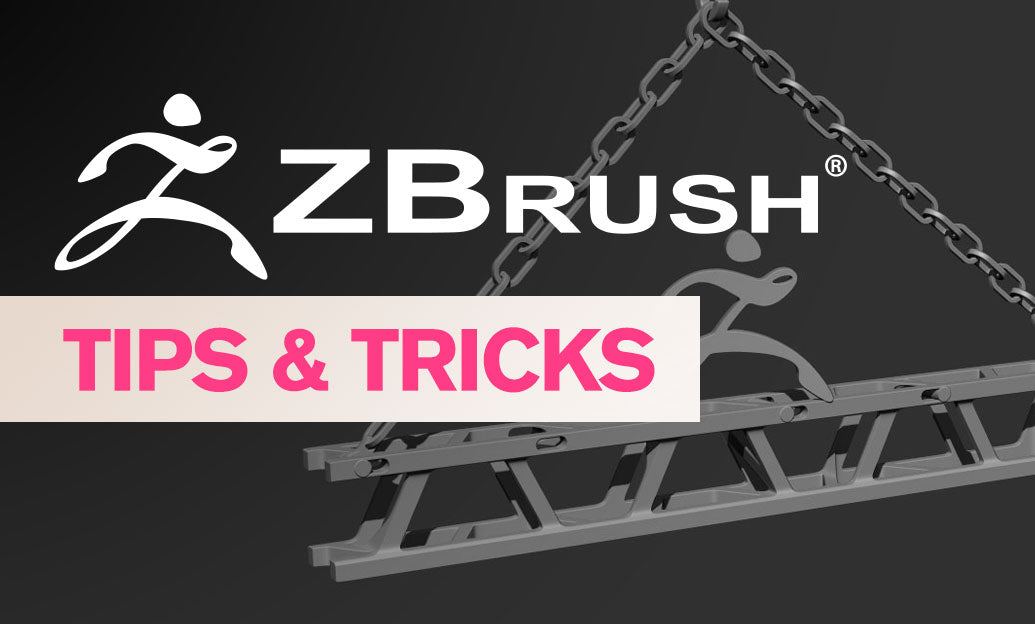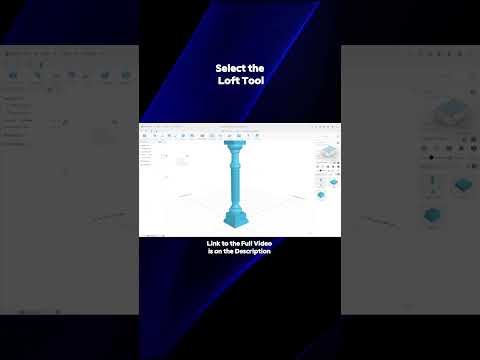Your Cart is Empty
Customer Testimonials
-
"Great customer service. The folks at Novedge were super helpful in navigating a somewhat complicated order including software upgrades and serial numbers in various stages of inactivity. They were friendly and helpful throughout the process.."
Ruben Ruckmark
"Quick & very helpful. We have been using Novedge for years and are very happy with their quick service when we need to make a purchase and excellent support resolving any issues."
Will Woodson
"Scott is the best. He reminds me about subscriptions dates, guides me in the correct direction for updates. He always responds promptly to me. He is literally the reason I continue to work with Novedge and will do so in the future."
Edward Mchugh
"Calvin Lok is “the man”. After my purchase of Sketchup 2021, he called me and provided step-by-step instructions to ease me through difficulties I was having with the setup of my new software."
Mike Borzage
Revit Tip: Maximizing Flexibility in Design Development with Revit Design Options
June 23, 2024 2 min read

Exploring different design options for a project can be a crucial part of the design process, allowing stakeholders to visualize and compare different scenarios effectively. Autodesk's Revit offers a powerful feature called Design Options, which is perfect for this aspect of design development. Here’s a quick guide on how to utilize Revit Design Options to facilitate flexible design exploration.
- Understand the Design Options Concept: Design Options in Revit allow you to create, explore, and evaluate alternative design solutions within a single project without altering the main model. This keeps the model organized and avoids confusion with multiple file versions.
-
Setting Up Design Options:
- Go to the Manage tab and click on the Design Options button.
- Create a new Design Option Set for a particular aspect of your model, like a building facade or layout variations.
- Within each Set, create separate Options that represent different designs you wish to explore.
- Assigning Elements to Design Options: Select building components you wish to vary and assign them to the appropriate Option. Remember that elements not assigned to any Option are considered part of the Main Model and are visible in all design scenarios.
- Comparing Design Options: You can switch between different design scenarios to compare them visually by making one option primary at a time. This allows for easy presentations and discussions with clients and team members.
- Making Decisions: Once a design choice is made, you can accept it as the primary option, which will merge it with the main model.
- Communicating Designs: You can create views for each Design Option to communicate your designs clearly with stakeholders. These views can be placed on sheets and presented for better understanding.
Here are some additional tips when working with Design Options in Revit:
- Use meaningful names for each Design Option Set and Option to keep them organized and understandable.
- Limit the number of Design Options to manage them efficiently and avoid overwhelming the stakeholders.
- Consider using NOVEDGE for purchasing Revit licenses or extensions that can enhance your design option experience.
Design Options are a strategic tool in Revit that facilitates multiple design iterations without compromising the integrity of the main model. By mastering the use of this feature, you can significantly streamline the design process, improve client communication, and make informed design decisions.
For more tips on leveraging the power of Revit for your architectural design needs, visit NOVEDGE's blog.
You can find all the Revit products on the NOVEDGE web site at this page.
Also in Design News

💎 Rhino Artisan Arrives in Turkey: Revolutionizing Jewelry Design
February 27, 2025 1 min read
Read More
ZBrush Tip: Mastering Curve Surface for Unique Textures in ZBrush
February 27, 2025 2 min read
Read MoreSubscribe
Sign up to get the latest on sales, new releases and more …



